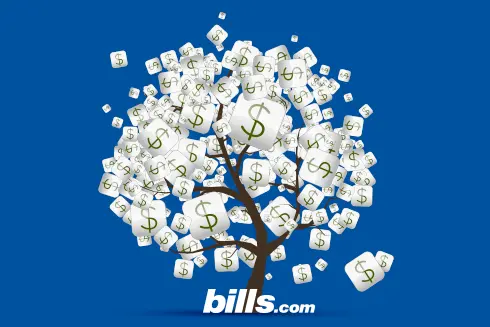How to Pay off a Garnishment

Get rid of your debt faster with debt relief
Choose your debt amount
Or speak to a debt consultant 844-731-0836
I have recently been served a garnishment for an unpaid credit card bill. May I just go to court and pay the judgment?
I was recently served a garnishment for an unpaid credit card bill. I have the money to pay the balance. Can I just go to the court and pay the judgment and have the garnishment released?
In most states, you would not pay the judgment at the court; rather, you would contact the attorney representing the judgment creditor (the credit card company that sued you) to obtain a payoff amount, and then pay to the attorney directly.
Once the attorney receives your payment and the funds clear the bank, he would file a document called a "satisfaction of judgment" with the court clerk of the court in which the original lawsuit was filed. This filing will put the court clerk on notice that the judgment has been paid and should be marked as "satisfied" in the court records.
The attorney for the judgment creditor would also need to contact your employer to let your employer know that the judgment has been paid and that the garnishment should be canceled. This process can take a bit of time, so if your paycheck is scheduled to be garnished during your next pay period, you may not be able to stop the garnishment in time, even if you pay the judgment. However, your employer should hold the funds for a certain period of time, the length of which varies from state to state, and your employer should return that money to you once it receives notice of the satisfaction of the judgment.
When you contact the creditor’s attorney to obtain a payoff amount, you should not be surprised if the amount he asks you to pay is slightly more than the actual judgment balance entered by the court. Creditors are usually allowed to charge interest on judgments (the interest rate varies by state), as well as attorney’s fees and processing costs.
Get it in writing
Before you render payment, you may want to obtain a written statement from the creditorÂ’s attorney to confirm that the amount he has asked you to pay will satisfy the judgment. You should also request a copy of the satisfaction of judgment for your records once payment is made. These documents will serve as your evidence if there is ever any question that you paid the judgment.
In some states, the debtor is required to file a copy of the satisfaction of judgment with the court clerk's office, so you may want to call the court clerkÂ’s office prior to making payment to ask about your stateÂ’s procedures for satisfying judgments. Once you have a copy of the satisfaction of judgment, you can take a copy to your employer to make sure that the garnishment is stopped, though, as I mentioned above, the creditor's attorney should notify your employer if you ask him to do so.
Lump-sum settlement
A final issue to consider is that you may be able to settle this judgment for less than the full amount owed, if the judgment creditor is willing to agree to a reduced-balance settlement. If you are interested in settling the judgment, you would need to contact the creditorÂ’s attorney to ask if settlement is a possibility and to make a settlement offer. Some creditors are not willing to settle on judgments, but it certainly cannot hurt to ask. Settlements on judgments are usually higher than those on non-judgment accounts, but you may be able to settle this judgment for 60% to 70% of the balance owed, or possibly less.
If the creditor agrees to a settlement, the steps to pay the settlement and to obtain a satisfaction of judgment would be the same as those I outlined above. To learn more about debt negotiation, I encourage you to visit the Bills.com Debt Negotiation page.
Since you have the money to pay off this judgment, resolving it and stopping the garnishment should not be difficult, but again you need to make sure that you have good documentation of any agreement you reach with the creditor so that you can prove to the court and your employer that the judgment has been paid in case there is any question.
I wish you the best of luck in resolving this debt, and hope that the information I have provided helps you Find. Learn. Save.
Best,
Bill
www.bills.com/

Get rid of your debt faster with debt relief
Take the first step towards a debt-free life with personalized debt reduction strategies.
Choose your debt amount
Or speak to a debt consultant 844-731-0836